How to Set Up Plex on Windows 10 to Stream Movies Anywhere
I’ve always found transferring or syncing media to other devices cumbersome, and I’m sure you feel the same. It’s a time-consuming process, and playing those files across different devices often requires extra steps. Fortunately, the Plex media server simplifies this by working seamlessly on most platforms, including Android and iOS.
With Plex, you can store all your media files in one place – using “Plex Media Server” – and access them on any device within the same network. Simply stream your media from the server using the Plex Media Player.

Plex excels at managing a large collection of media files. It’s highly versatile, supporting numerous platforms and devices, which gives you plenty of ways to enjoy your movies and TV shows. And the best part? It’s free!
Let’s walk through the easy steps to install Plex Media Server on Windows 10, although the setup process is quite similar on other supported Windows versions.
1. Installing Plex
To begin, you need to install the Plex Media Server on a central device (in this case, a Windows PC) where you plan to store all your media files. If you’re quick, the installation process will take less than 10 minutes.
Prerequisites
Before diving into the installation, there are a couple of preliminary steps to take:
Installation Steps
Follow these steps to install the Plex Media Server on Windows:
- Open the downloaded setup file for Plex Media Server.
- Click Install, then click Yes on the User Account Control (UAC) prompt.
- Wait for the “Setup Successful” message, then click Launch.
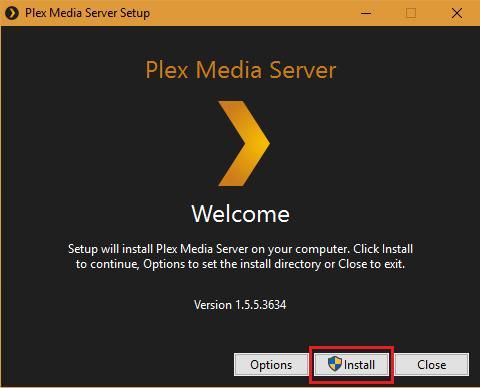

You have now successfully installed the Plex Media Server! Next, I’ll show you how to add your media collection to Plex.
2. Adding Your Media
Although Plex typically starts automatically once you press the Launch button, if it doesn’t start due to some issue, simply search for it and launch it from the Start menu. The initial setup usually completes in less than 15 minutes.
Setup Instructions
Follow these steps to set up Plex and add your media files:
- If the Plex page hasn’t opened in your browser, right-click the Plex icon in the notification area (in the Taskbar) and choose Open Plex.
- Navigate to the Plex page in your web browser and log in using your Plex account.
- Agree to the terms of service (if prompted) or click GOT IT if any information pop-up appears.
- Give your server a name of your choice, deselect “Allow me to access my media outside my home” if you prefer to access your media only locally (like over LAN or Wi-Fi), and then click NEXT.
- Click the ADD LIBRARY button to create a new media library on your server. You can edit default libraries by clicking their pencil icons.
- Select a library type for your new library from the popup, enter a name, choose a language, and then click NEXT.
- Click “BROWSE FOR MEDIA FOLDER” and select the location on your Windows PC that contains the media files you want to add to this library, and then click ADD.
- In the Advanced section from the left menu, configure advanced options for your new library as desired, and finally click ADD LIBRARY to proceed.
- Upon reaching the Finish screen, click DONE. You’ll be redirected to the Plex dashboard where its intelligent scan engine begins cataloging to organize all the media in your libraries.




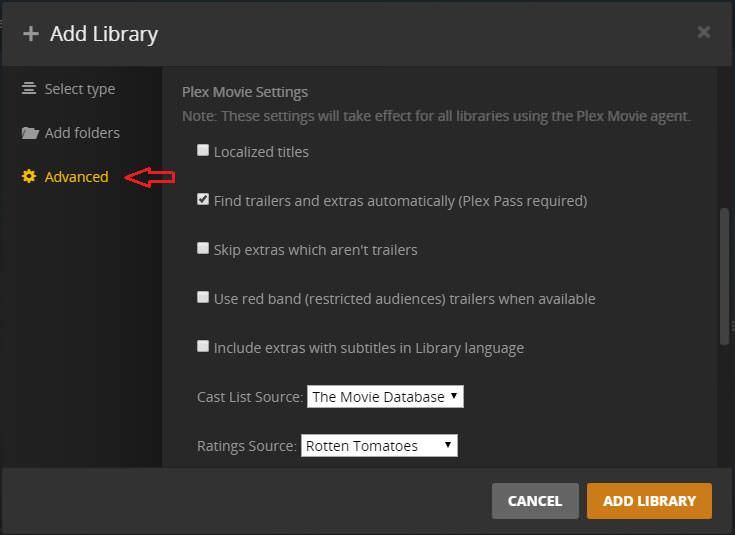
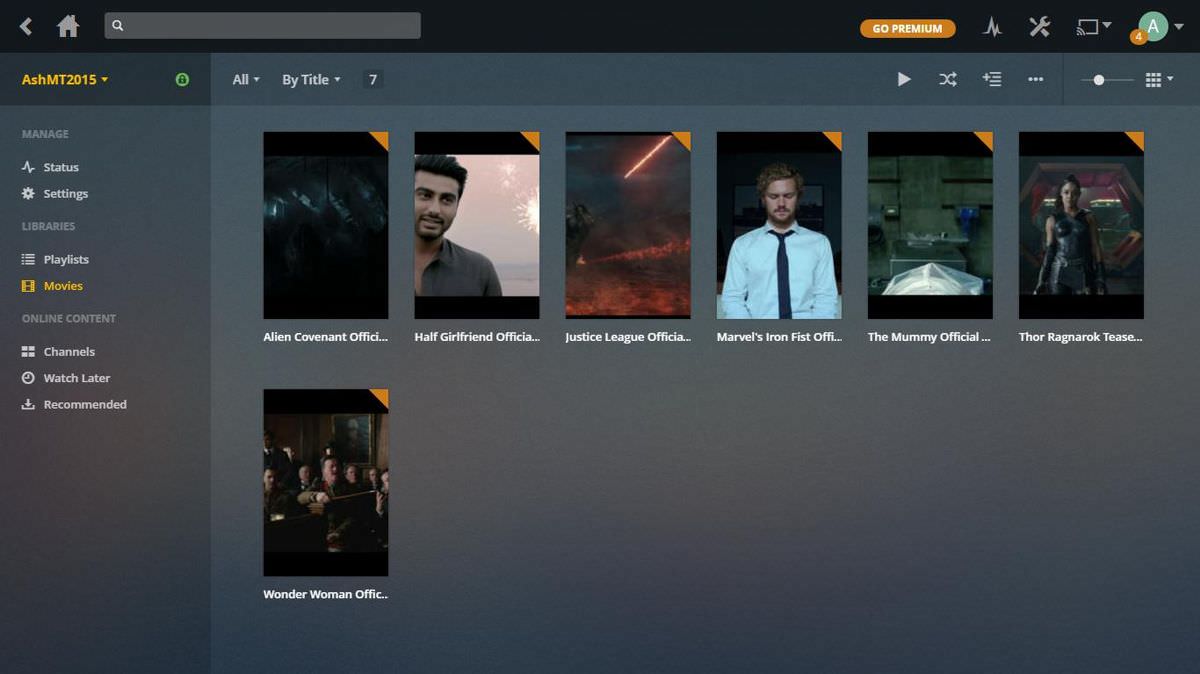
You’ve successfully set up Plex Media Server on your Windows PC. With it running, you’re now ready to stream your media content to other devices.
Tips & Tricks
Here are some tips to ensure the smooth functioning of your Plex Media Server and seamless streaming to multiple devices:
- Plex Media Server will only work if its host, your Windows PC, is turned on and the server application is running (check the Plex icon in the notification area).
- Ensure your Windows PC has ample free storage space for the efficient functioning of Plex Media Server, as it needs space to store downloaded data.
- Since media transcoding and streaming require significant system resources, it’s recommended to use a powerful hardware setup, especially if you expect multiple users or devices to connect and stream media simultaneously.
3. Streaming on Mobile Devices
With Plex, you can enjoy your media on any device, starting with your mobile phone. Here are the initial steps to get Plex up and running on your mobile device.
Prerequisites
Before you begin streaming on your mobile device (Android for this tutorial), there’s a quick setup requirement:
- Download Plex for Android or for other devices.
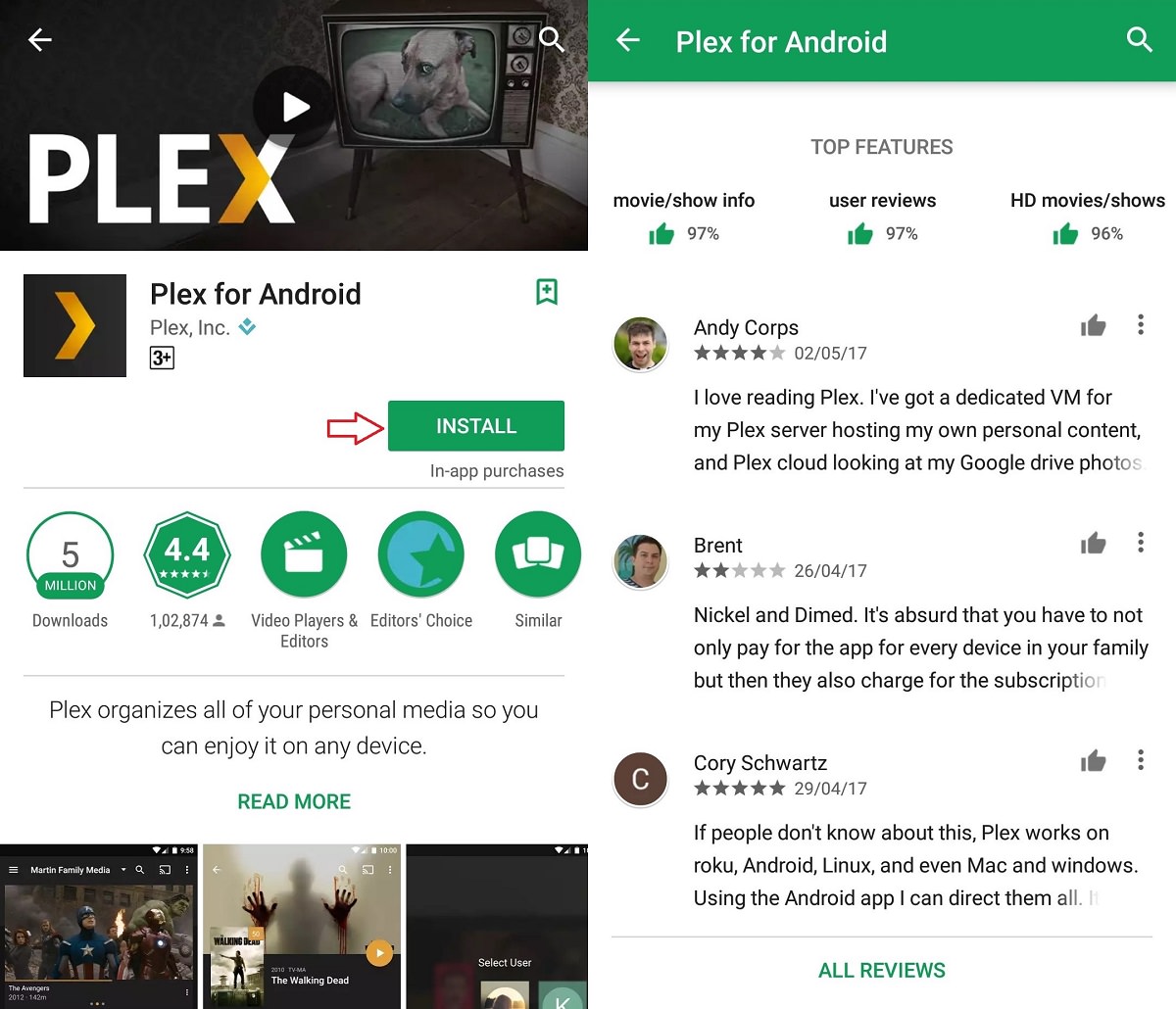
Setup Instructions
The following steps are for Android, but they are generally applicable to other platforms as well:
- Launch the Plex for Android app and tap the Sign in link.
- Enter your Plex account credentials and tap the SIGN IN button.
- On the following screen, choose “STAY IN TRIAL MODE” to watch videos of limited length, or tap the ACTIVATE button to pay a small fee for unlimited access.
- Once signed in, you’ll be presented with the sleek Plex dashboard.

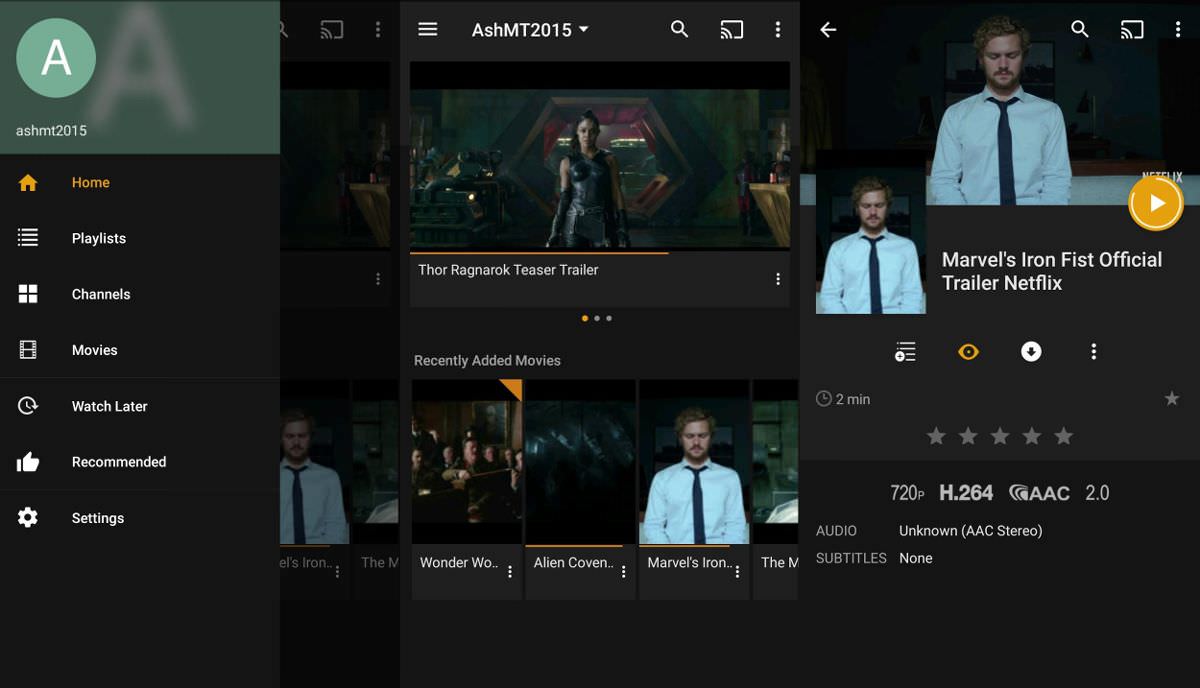
Plex automatically detects your media server and connects to it, allowing you to access your media library from your Windows PC right on your Android device. You can start streaming immediately, enjoy seamless resume playback across devices, and take advantage of syncing capabilities to pause on one device and resume on another, which is why I switched to Plex.

The Plex app for Android offers extensive features like video searches, channel browsing, playlist creation, and a “Watch Later” list for future viewing. The app’s settings page also offers numerous customization options to tailor the app according to your needs.
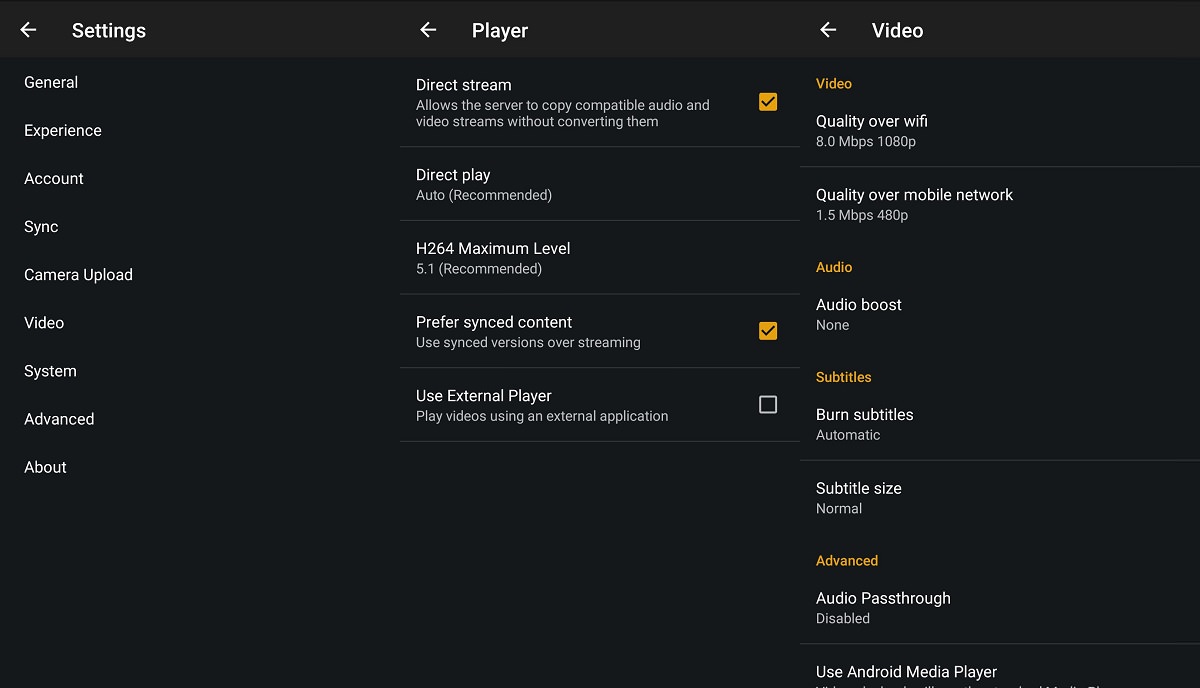
Conclusion
Setting up Plex is straightforward, isn’t it? How was your experience with installing and using Plex? I’d love to hear your stories, so please share your experiences in the comments below.
5 Ways to Run Desktop & Mobile Apps Anywhere
Imagine you need a software like Office, GIMP or Notepad++, but don't want to install a new app... Read more